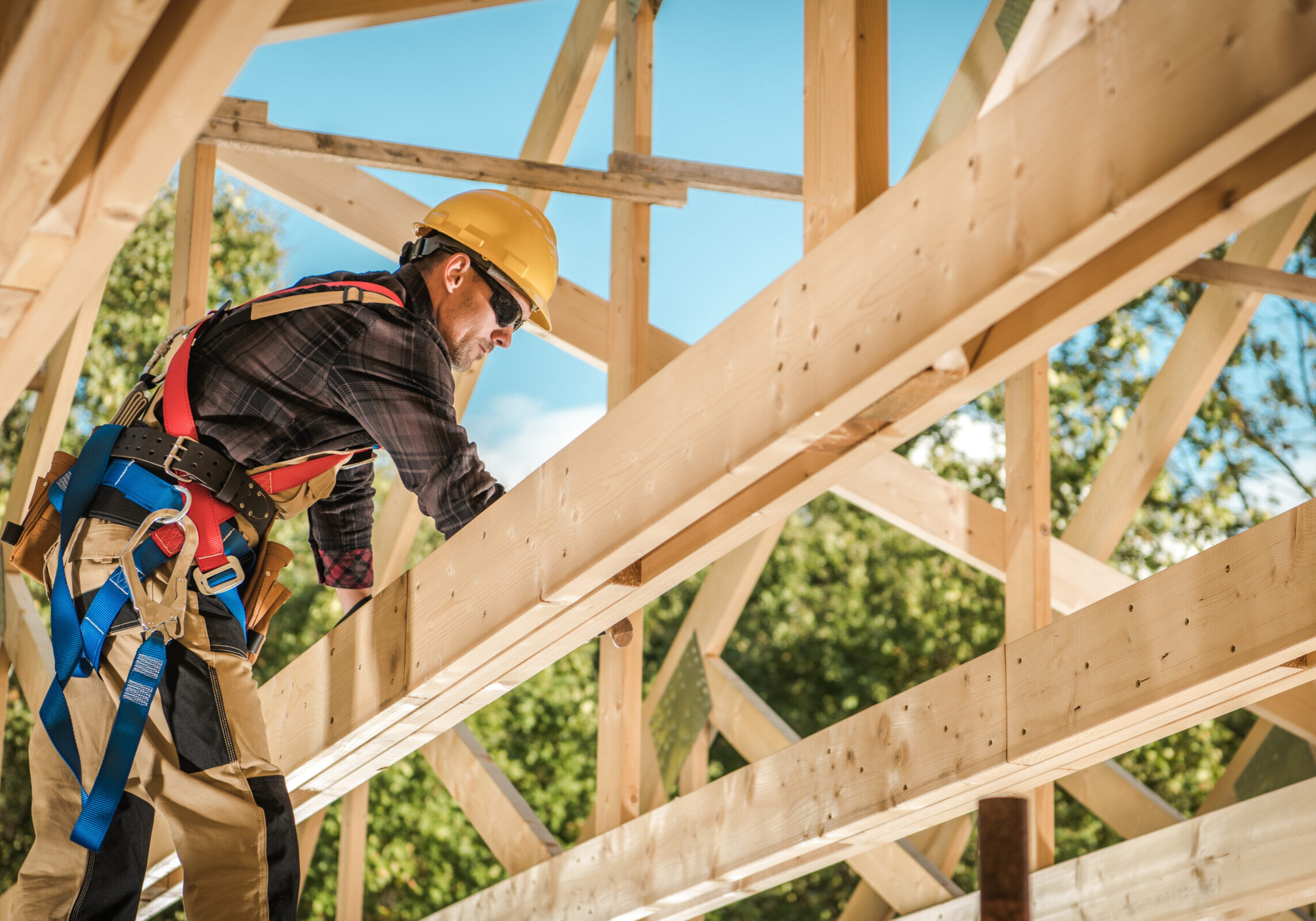Selling Building Materials to Home Builders? Here Are 5 Things Not to Do.
August 13, 2019

Selling building materials or products to home builders can be a challenge when the market is saturated, and builders and their subcontractors often have their own brand loyalties. But the basic tenets of sales can still make an impact — especially for home builders already on the fence about their current brand usage.
For this post, we’ve invited Dave Sacchetti, HomeSphere’s regional sales manager for the eastern U.S., and Bryan Puckett, regional sales manager for the western U.S., to lay out some no-nonsense points about five things not to do during a sales pitch.
Don’t: Overstay your welcome
We’ll start with the end because it’s that important. Know when to leave. Even encounters with good friends grow stale if they drag on, so don’t assume your charm will extend to someone you don’t know nearly as well. End on a high note and leave after you’ve stated your case, exchanged some banter and have an action item to follow up on.
And as both Sacchetti and Puckett note, be cognizant of verbal and non-verbal cues throughout the encounter. If you’re talking to a builder who keeps making pointed glances at their watch, they’re not wondering how much longer they’ll have the pleasure of your company. Just ask Forbes.
Don’t: Tune out
Another common mistake is to conduct the meeting without truly listening to the builder (because you’ve got a pitch to get through, after all). The best advice Puckett said he ever received was “sit down and shut up” at meetings, courtesy of his first sales manager. Because if you’re not listening, you’re just assuming what’s important to the builder and potentially addressing a solution to a problem they don’t even have.
Instead, have pitches prepared for any number of issues and determine the right one based on explicit feedback you’ve received from the builder.
Don’t: Talk too much
This goes hand in hand with not listening, and is a pretty common stereotype of salespeople (full disclosure, we just googled “salespeople talk too much” and it has more than 3 million results). But it makes sense why salespeople feel the need to talk (to convey important info about their brand), and it also makes sense why it’s off-putting for the person being talked to (hello, it’s boring).
Don’t vomit info, Sacchetti says, and don’t just talk at the builder. A conversation is a two-way street — talk with them about what's important to them and what you've learned about their pain points.
Not yet a HomeSphere partner?
HomeSphere manufacturer partners have access to the largest community of home builders in the United States.
Don’t: Show up unannounced
Okay, this one comes with a major caveat: Showing up (or calling) unannounced is a pretty basic way to gain introductions when you don’t otherwise have an in, and salespeople the world over can tell you they’ve had success doing so. So, we’ll be realistic and just say that if you’re going to show up unannounced at a builder’s place of work or their construction site, be thoughtful about it and respond appropriately to the verbal and non-verbal cues they’re giving.
Don’t walk into the middle of a conversation and ask for attention, back off if they’re clearly busy, and come prepared so when you do get a moment with the builder, you can show them you’ve already done your research.
Don’t: Know nothing about the builder
That brings us to our last point: don’t walk into your meeting having done little to no research on the builder you’re meeting. Salespeople are generally good at adapting on the fly but you can’t fake knowledge like the type of housing a builder works on, their current projects and the brands they’ve historically used.
And as Sacchetti says, it’s flattering to the builder when you walk in knowing who they are. From there, you can start that two-way conversation that will allow the builder to more meaningfully engage with you.
We talked more about the importance of research in our last post — check it out if you haven’t yet.
In the meantime, let us know about other sales pitch failures you’ve seen in the comments below!






